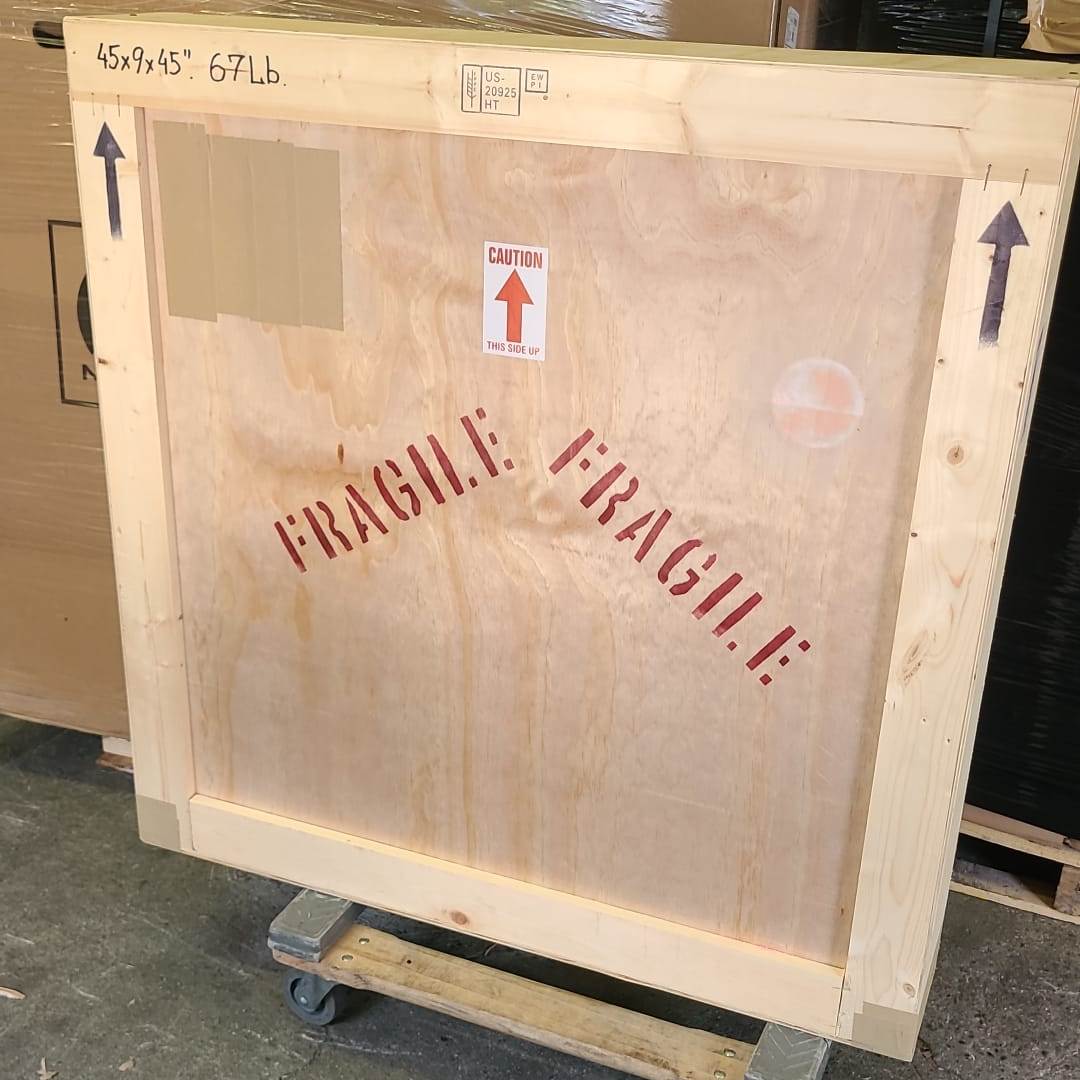Wooden crates are the epitome of secure artwork shipping. These wooden boxes, typically custom-made for every client, help transport art pieces internationally with minimal risks. For example, painting crates are designed to protect canvasses and valuable frames from physical damage, temperatures, and humidity as they travel to their destination point. However, crates for artwork are not always used for shipping art, especially locally and nationally, so art owners are often confused about whether they need them. Below, you will find the key information about crates, which will help you decide whether this option is right for you.
How Do Crates for Artwork Look?
Crates are essentially custom-designed wooden boxes of different sizes. Their dimensions depend on the artwork’s size and are calculated by fine art shippers. Fine art shipping crates are often created after art handlers visit the customer and carefully examine the state of an art piece, its size, and any unique features, such as fragile frames or irregular shapes. After considering insurance requirements for each specific item, the team designs a wooden crate that meets the safety criteria. Although you can build a crate yourself, it is not a good idea for one-of-a-kind objects because even a small mistake in construction can jeopardize the valuable object.
Several types of crates are most often used for artwork shipping:
- T-frame
- Open crate
- Closed crate
Given the complexity of creating a secure crate and the knowledge needed to prepare it for long-distance or international shipping, it is always better to use professional art shipping companies.
How Are Crates Used?
Crates are not always used in art shipping. While this method is the most reliable, it is not always necessary. Domestic shipping of artworks by specialized art shuttles (as long as the art pieces are not very expensive or extremely fragile) typically does not require crating. You can always discuss it with your shipping company to decide whether you need crates for artwork in your particular case.
At the same time, wooden crates are necessary to purchase international shipping insurance for high-value art pieces. Many insurance companies will not work with uncrated objects, as this increases the risk of damage during cross-border transportation.
Final Tips
If you are wondering whether you need a crate, there are several criteria to keep in mind: destination, mode of transport, fragility and condition of the item, and the item’s value. Standard packing will be more than enough to keep your art piece safe in many cases, but it is always better to double-check it with your art shipping company. Sometimes, a wooden crate is the only option to ship fine art safely.
